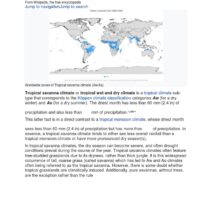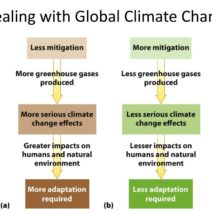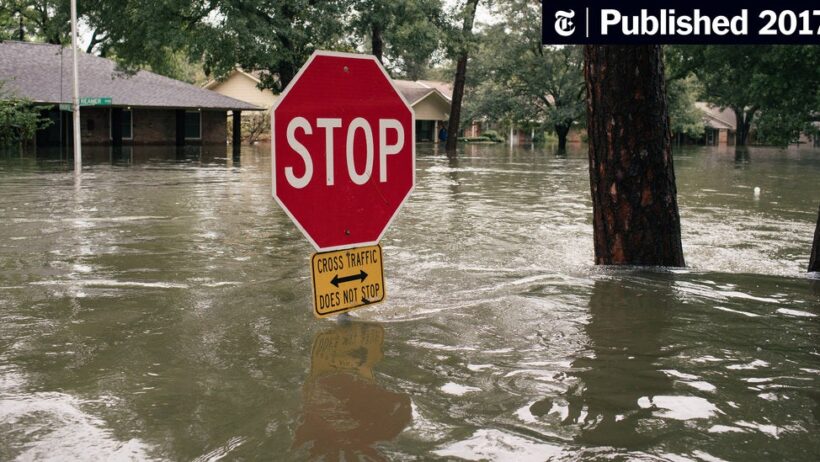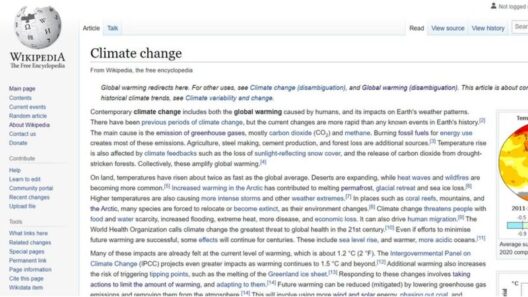Hurricane Harvey, which struck Texas in August 2017, was a meteorological event of historic proportions. It was not just another storm; it was a devastating hurricane that became emblematic of the changing climate. The question arises: Did global warming make Hurricane Harvey more dangerous? To understand this complexity, one must delve into the interplay of meteorology, climate science, and societal vulnerabilities.
The first aspect to consider is the sheer intensity with which Hurricane Harvey struck the Gulf Coast. Harvey was classified as a Category 4 hurricane, but what shocked many was its unprecedented rainfall. Over a four-day period, parts of southeastern Texas received more than 50 inches of rain. This deluge resulted in catastrophic flooding, displacing thousands of people and causing billions in damages. One of the pivotal elements of understanding Harvey’s intensity lies in the warming of the oceans.
Warmer ocean waters serve as fuel for hurricanes. As the planet’s temperature rises, ocean temperatures have also increased, creating conditions ripe for more intense storms. Research indicates that for every degree Celsius the ocean warms, hurricane winds can increase by approximately 1-5%. Moreover, warmer waters facilitate the evaporation of water vapor, which subsequently fuels precipitation. This process can lead to a higher volume of rainfall associated with hurricanes. In the case of Harvey, the warmer waters of the Gulf of Mexico significantly exacerbated the storm’s rain output, leading to the unprecedented flooding that ensued.
Additionally, climate change has a direct correlation with the atmospheric moisture capacity. The Clausius-Clapeyron relation suggests that the atmosphere can hold approximately 7% more moisture for every additional degree Celsius of warming. This principle indicates that as temperatures rise, not only do storms become more potent, but they also become wetter. Harvey’s rainfall showcased this phenomenon; the storm dropped more than 30 trillion gallons of rain over Texas, compounding the risks faced by local communities.
However, examining the question of whether global warming made Hurricane Harvey more dangerous also necessitates contemplating the underlying vulnerabilities within society. Urban planning, infrastructure inadequacies, and socio-economic conditions played a crucial role in determining the impacts of the storm. The city of Houston, for instance, experienced rapid urbanization without adequate flood management systems. The concrete jungle, with its impervious surfaces, inhibited absorption of the rainwater and led to exacerbated flooding.
Furthermore, populations marginalized by socio-economic factors often inhabit areas most susceptible to flooding. Low-income communities frequently reside in these vulnerable zones, lacking the financial resources to evacuate or recover adequately post-disaster. Hurricane Harvey’s devastation brought to light the intersectionality of climate change and social equity. Global warming’s influence on extreme weather events does not operate in isolation; instead, it magnifies existing vulnerabilities present in society.
The role of climate change as a catalyst for more extreme weather events appears increasingly undeniable, yet it is vital to recognize that attributing extreme weather events to climate change is a complex endeavor. Scientists often employ attribution studies, which utilize climate models to discern how much human-induced climate change has contributed to the intensity of specific weather events. In Harvey’s case, research indicated that the odds of experiencing rainfall of such magnitude had significantly increased due to anthropogenic climate change.
Moreover, Hurricane Harvey ignited a national conversation about climate resilience and the need for adaptation strategies. As climate patterns shift, preparing for future storms becomes a pressing challenge. The increasing frequency of catastrophic weather events necessitates investments in sustainable infrastructure, flood control systems, and disaster preparedness. Communities must be empowered to recognize and adapt to the impacts of climate change. Efforts must be made to ensure that all populations, particularly vulnerable communities, can prepare for and respond to such events.
To further grasp the implications of Harvey, one must consider its influence on public awareness surrounding climate change. The storm served as a wake-up call, urging citizens and policymakers alike to reflect on the urgent necessity of addressing climate issues. The devastation inflicted by the storm was not merely an isolated incident, but rather a manifestation of a larger trend linked to global warming. As individuals witnessed the aftermath of Harvey, discourse around climate action surged. It cultivated a powerful narrative that climate change is not a distant threat; it is a present-day reality with tangible consequences for millions.
In conclusion, the dangers posed by Hurricane Harvey can be traced back to a multitude of factors. Global warming, through its effect on ocean temperatures, atmospheric moisture content, and the frequency of extreme weather events, undoubtedly played a role in shaping Harvey’s devastating impact. Furthermore, the societal vulnerabilities exacerbated by irregular urban development and socio-economic inequality compound the risks of such catastrophic events. Addressing climate change requires holistic approaches that encompass environmental, infrastructural, and social dimensions. As climate activism continues to grow, the lessons learned from Hurricane Harvey remain pertinent as society seeks resilience in the face of an uncertain future.







